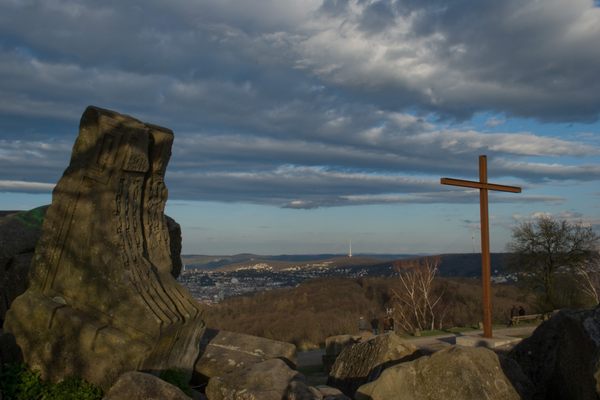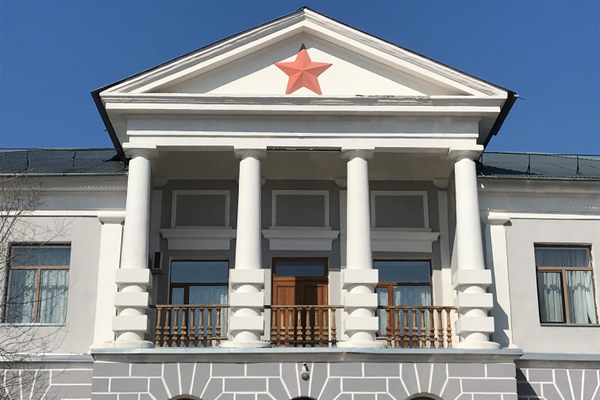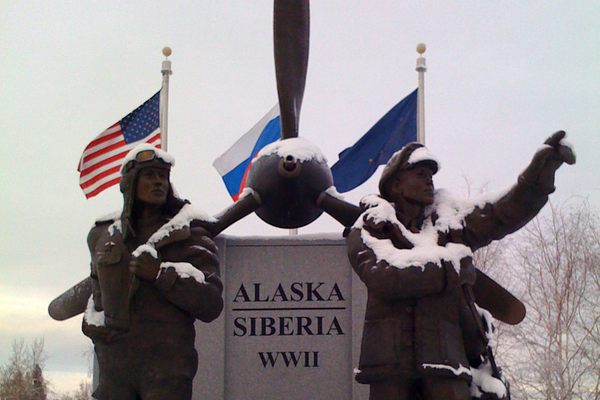About
At the onset of World War II, the Kingdom of Norway was not allied with the Axis or Allied Powers, leading both factions to consider invading the country due to its strategic position in the North Sea. While the British in particular drew plans to mine Norwegian waters and prevent Axis ships from transiting these waters, Nazi Germany actually invaded and occupied the country in 1940.
With the Scottish archipelago of Shetland being the closest point between the United Kingdom and Norway, it became the centerpiece of British defense efforts in the North Sea. The Norwegian royal family and their inner circle formed a government in exile in London, while their citizens back in Norway started organizing resistance movements.
The Shetland "Bus" was a crucial connection for the resistance, as well as the arrival of Norwegian refugees to Shetland, formed by Norwegian fishing ships that would make trips between Norway and Shetland communities like Kergord and Lunna. Scalloway would go on to become the main base for the Bus from 1942 onwards. It now holds most of the memorials and tributes dedicated to the operation.
The Shetland Bus Memorial is likely the centerpiece of this legacy, consisting of a small metal sculpture representing one of these fishing boats. Other features in the area include a concrete plaque, along with information boards on the windows of nearby buildings.
The memorial itself is located atop a plinth of rocks taken from the birthplaces of 44 Norwegian crewmembers that died during the operation of the Shetland Bus. Their names can be found on the plaque at the base of the sculpture.
Related Tags
Know Before You Go
Placed on a public location of Scalloway's waterfront, the memorial is visible at all times.
NEW - Flavors of Scotland: Beyond the Haggis
Smoked seafood, single malt whisky, and warm hospitality.
Book NowCommunity Contributors
Added By
Published
March 9, 2021

















































